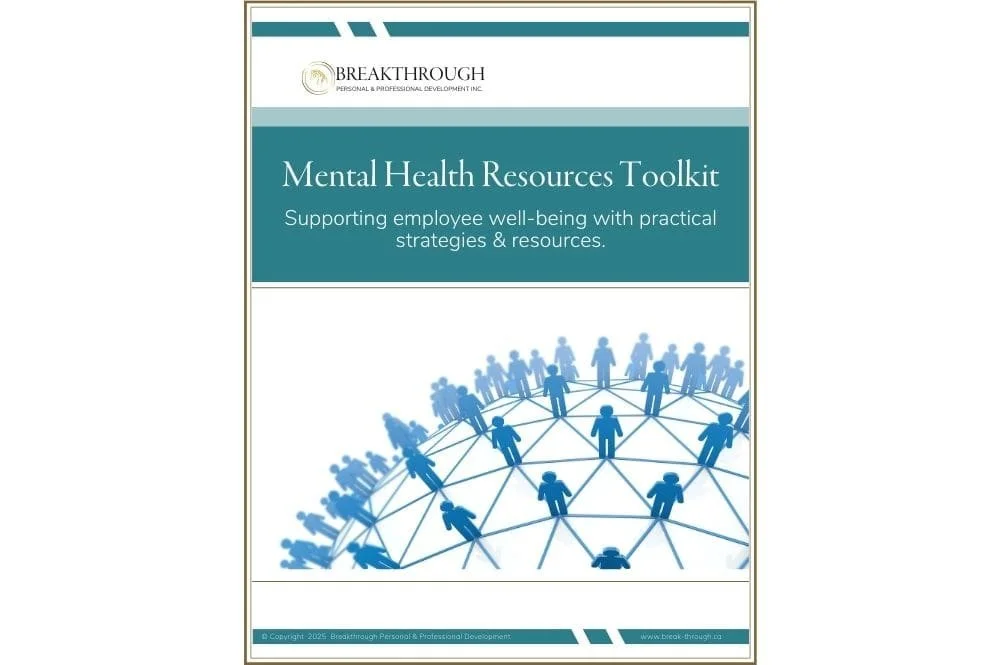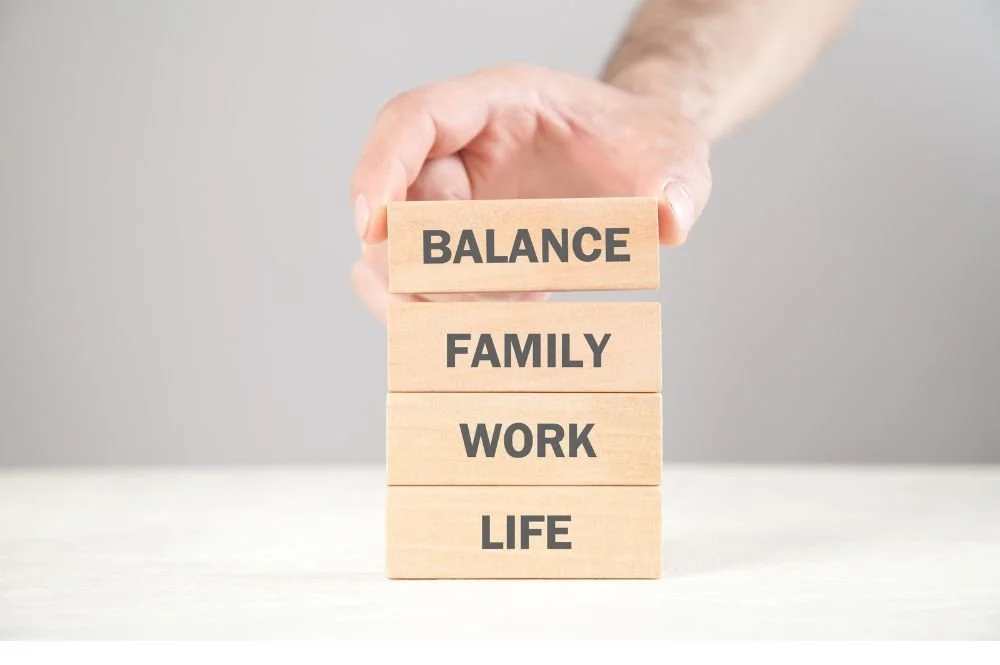What does the term burnout actually mean?
The World Health Organization recognizes Burnout as an occupational phenomenon in its eleventh edition of the International Classification of Diseases in 2019.
It's an occupational phenomenon, not a diagnosis or medical condition, although more medical doctors are recognizing the signs of burnout and how burnout can lead to serious health conditions. Burnout is a response to overwhelming chronic stress response and takes a toll on people physically, mentally, emotionally, spiritually, relationally, financially, and professionally.
Burnout, stress and quiet quitting
Exhaustion is perhaps the first and most obvious symptom of the burnout response. Secondly, burned-out people experience an increasingly cynical response to their job, which may present itself as quiet quitting, self-protection, negativity, or conflict. Thirdly, people who are burning out become less productive; their efficacy diminishes. This only makes sense. When someone is exhausted and not sleeping well due to chronic stress, when they’re not finding the resources they need to survive and thrive and start feeling negative about their workplace, their productivity and innovation will naturally decline.
How burnout affects our health
Burnout can lead to many health conditions. Read our article entitled Burnout Stress and Your Health here.
How is burnout different from stress and exhaustion?
Exhaustion is a primary symptom of burnout, but burnout includes more than just exhaustion. Chronic workplace stress wears people down, and eventually, they become exhausted physically and, oftentimes, emotionally and mentally as well.
However, people can become exhausted for a myriad of reasons, and that’s why it’s important to recognize that exhaustion from burnout is caused by workplace stress while experiencing cynicism and decreased efficacy as well.
For instance, some people find their role exhausting but absolutely love their work and feel meaningfully supported by their workplace and direct manager. But when that support is missing, or the underlying company culture lacks psychological safety, people start feeling negatively toward their job and employer. Some people experience this as a decreased willingness to give as much of themselves to the job. For those in professions that witness others’ suffering, compassion fatigue may creep in due to vicarious trauma, and these people tend to self-protect to avoid further injury.
Eventually, the exhaustion and cynicism catch up, and they become less productive. They no longer have passion for the job they once enjoyed. Some personality types may push harder to compensate, further depleting themselves as they strive for success or excellence. This type is more difficult to notice as a manager than the types who cannot keep up with their workload and may not even try because they simply have nothing more to give.
What are the risk factors for job burnout?
Stress
First is a high frequency of workplace stressors. This isn’t the stress that only happens at month-end or year-end. It’s daily stressors that continue ongoing, leading to chronic stress. Chronic stress can cause significant health challenges, from heart palpitations to heart disease, diabetes, brain fog, and effects on the endocrine system, including the thyroid and adrenal glands.
Overwork
Constant overwork without necessary breaks, automations and opportunities for delegation continue the daily stress cycle. This mismatch between role responsibilities and inadequate time and resources escalates the stress toward burnout.
Lack of Autonomy
When people do not have discretion around where, when and how they work, the resulting stress can again lead to burnout. Creative and intelligent people need the opportunity to innovate, take risks and do things differently.
Inadequate Compensation
A rewarding and purposeful job is enough to propel people to do their very best in the workplace. When they do not receive adequate rewards, they may begin feeling cynical toward their job or employer.
Interestingly, monetary compensation, though essential, is rarely a primary motivator for people whose income provides a healthy standard of living. Instead, rewards such as appreciation, public recognition and promotions tend to be more motivating. Robust benefits packages, flex-time, hybrid work options and vacation allowances also contribute toward a person’s feeling of reward.
Isolation & Lack Of Connection
People need to feel connected to meaning and purpose and also to one another. Even entrepreneurs desire connection with others and will go out of their way to procure meaningful community.
In the workplace, people desire regular and positive interactions with their boss, manager and co-workers. Without that connection, they can feel isolated, demotivated and lose out on the innovative sparks that only occur through interaction.
Lack of Equity
Human beings have a basic need to be treated fairly and equitably. Without knowing they have fair opportunities for advancement and rewards, they cannot produce at their highest potential. Glass ceilings, discrimination and unfair management practices can demotivate employees and cause unnecessary conflict.
Conflicting Values
People desire to be part of something they believe in, and when they are, they will work wholeheartedly toward the goals of their organization. But when the company’s values contradict personal values, trust and morale diminish. Unhealthy team dynamics and unethical policies and practices can again lead toward burnout.
What can organizations do to prevent employee burnout?
Within organizations, leaders tend to focus on what’s wrong with the individual person rather than the systems, causing the person to become exhausted or underperform. They may offer fitness breaks, cooking classes or learning opportunities, which are wonderful in and of themselves, but no amount of self-care will cause a burned-out person in an unhealthy company culture to thrive.
Burnout is an organizational culture issue related to the systems and processes within the company. Changes must be made at the organizational level to affect change in the employees. Real conversations in a psychologically safe environment will get to the root of ongoing workplace stressors. The Burnout Assessment can provide a starting place for those conversations between managers and their direct reports.
What are some workplace best practices?
Preventative Measures
-Complete a company culture workshop to collaboratively create healthy systems and structures. We offer a Burnout Prevention Workshop to do just that.
-Build effective evaluation processes for weekly or biweekly check-ins, quarterly assessments or surveys and annual 360 reviews.
-Offer workers the opportunity to evaluate their manager or supervisor anonymously.
-Evaluate workloads, productivity and effectiveness data regularly.
-Offer flexible schedules and hybrid-model options.
Coping Measures
-Offer robust benefits packages and Employee Assistance Programs.
-Offer adequate vacation time and mental health days.
-Encourage employees to access and take advantage of their benefits and vacation days.
-Workplace wellness programs for stress management, resilience and gym memberships.
About the author
Bonita Eby is a Burnout Prevention & Organizational Culture Consultant, Executive Coach, and owner of Breakthrough Personal & Professional Development Inc., specializing in burnout prevention and wellness for organizations and individuals. Bonita is on a mission to end burnout. Get your free Burnout Assessment today.







